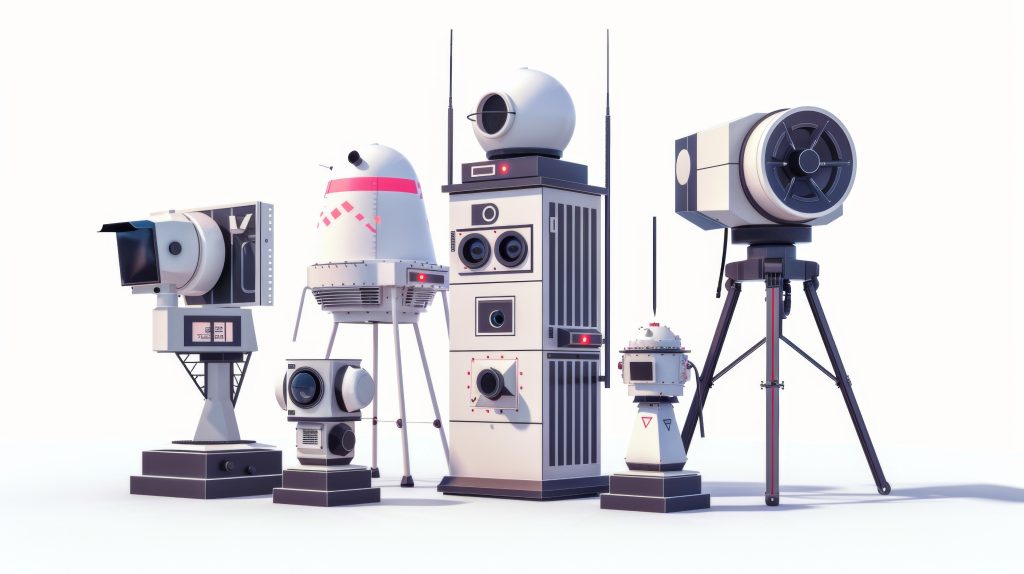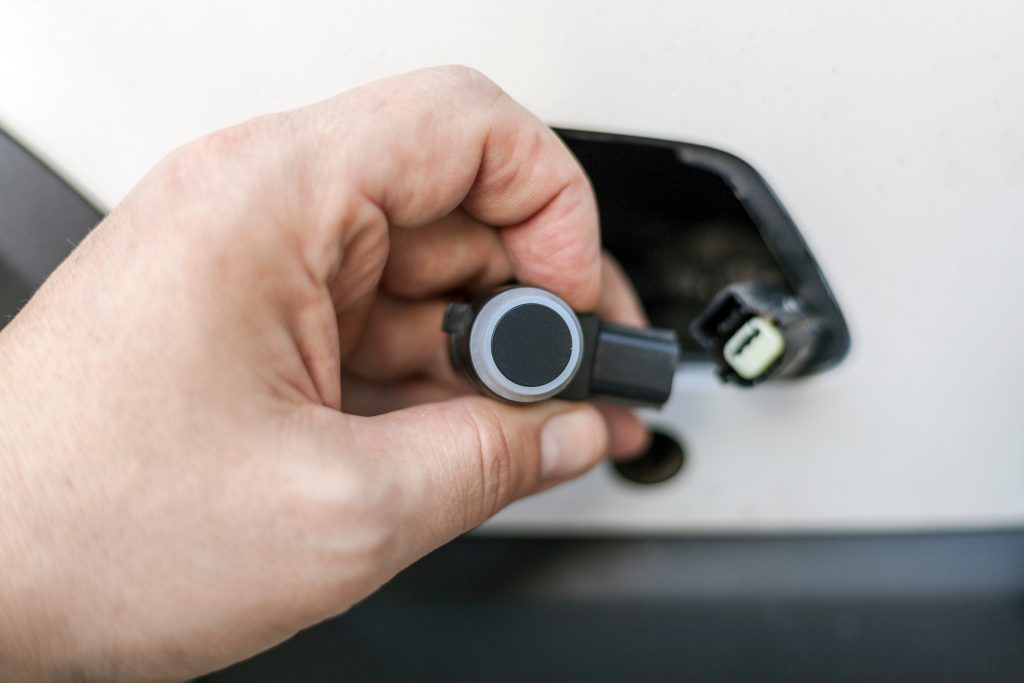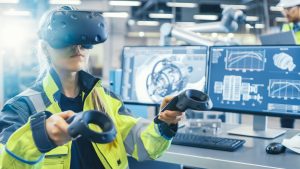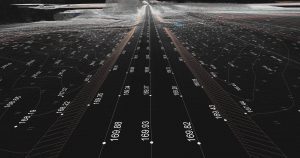KeyTakeaways
- LiDAR for Robotics: LiDAR (Light Detection and Ranging) enables precise mapping by using laser light, offering reliable vision even in darkness or challenging environments.
- 1D LiDAR: Measures distance using a single laser pulse, ideal for collision avoidance, UAV altitude measurement, and industrial inspection.
- 2D LiDAR: Scans a plane by rotating, improving spatial awareness for security, motion detection, and autonomous vehicles.
- 3D LiDAR: Creates full 3D maps, simplifying setup and replacing multiple sensors.
- Advanced LiDAR: Includes Flash, OPA, and MEMs LiDAR for enhanced imaging.
A LiDAR sensor for robotics is more than simply another mechanical imaging system. LiDAR, short for Light Detection and Ranging, uses light in much the same way radar uses radio waves— to create a highly accurate, highly reliable map of surrounding objects. Since it relies on its own laser light source rather than ambient light, it can “see” even in darkness and when the atmosphere is opaque to visible light. Less prone to interference than ultrasonics, it is well suited to robotic vision, especially where precision and reliability are at a premium.
Advances in robotics promise more effective systems with the potential for more autonomy, and it is in these effective, semi-autonomous systems that require minimal guidance that foul-proof vision systems are becoming of more and more importance. Developments in LiDAR sensors have made this technology, once inaccessible except to the best funded research, well within the reach of any industrial or research application. In this article we’ll look at several different types of LiDAR sensors— 1D, 2D, and 3D sensors— and how they function in various robotic applications.

1D LiDAR Sensors
A one-dimensional LiDAR is a compact economical system with one basic function— to measure the distance between it and an object directly in front of it by line of sight. It accomplishes this by sending one-directional pulses of laser light and detecting the time of flight when the pulse is reflected back. This can be converted to an incredibly precise, real time distance measurement. One dimensional LiDAR systems can be used for dependable collision avoidance as well as for altitude measurement on UAVs, basic surveillance, industrial or agricultural inspection, or quality control purposes. These systems are sometimes referred to as laser range finders.

2D LiDAR Sensors
2 Dimensional LiDAR systems are one step up from 1D LiDAR, both in expense and size, but they are still an economical option compared with 3D LiDAR and they provide significantly more information than is possible with a 1D model. The basic core of a 2D LiDAR sensor is the same as that of the 1D version— a laser coupled with TOF sensor— but, unlike the 1D version, this one spins around at a constant rate on what is essentially a turntable, providing data on every point in the plane.
2D LiDARS can be used for many of the same functions 1D LiDAR sensors are used for and provide a significant upgrade in the amount of information received. They are often used in security applications and motion detection, and can be used on autonomous cars. The update rate of a 2D LiDAR generally depends on the rate at which the turntable spins. It is also important to realize that the spatial resolution of objects will decrease as the distance from the LiDAR sensor decreases as the sensor itself is limited in angular resolution.
3D LiDAR Sensors
3D Dimensional LiDAR systems are more complex and significantly more expensive to produce, but they offer a complete 3D view of the environment in which they are placed. They are designed to scan both horizontally and vertically and produce detailed 3D maps of their surroundings.
Aside from their comprehensive imaging output, one benefit of these sensors is the ease of use for the end user. Setup for a 3D LiDAR sensor is often simpler than putting together an effective imaging system using 2D and 3D LiDAR systems, and a single 3D sensor can take the place of multiple 2D and 1D sensors.
More Types of LiDAR
Not all types of 2D and 3D LiDAR rely on mechanical systems and turntables. One alternative approach is Flash LiDAR, which uses flashes of light that are then returned to a 2D detector array. Optical phase arrays (OPA) LiDAR systems use several sensors, placed near each other and firing off not simultaneously but in sequence. Another type of 3D LiDAR, Microelectromechanical system (MEMs) LiDAR, uses a multitude of tiny mirrors to direct laser pulses to cover a wide area without any rotation involved.
LiDAR Sensors at Avantier
At Avantier, our engineering and design teams are at the forefront of optical development, and we’re pushing the envelope each and every day. Working closely with our clients, we design and produce cutting-edge optical systems that challenge the status quo and bring you where you need to be. If you’d like a custom optics for your robotic application, get in touch with us today.
- Mochurad, Lesia, Yaroslav Hladun, and Roman Tkachenko. 2023. “An Obstacle-Finding Approach for Autonomous Mobile Robots Using 2D LiDAR Data” Big Data and Cognitive Computing 7, no. 1: 43. https://www.mdpi.com/2504-2289/7/1/43
- Royo, Santiago, and Maria Ballesta-Garcia. 2019. “An Overview of LiDAR Imaging Systems for Autonomous Vehicles” Applied Sciences 9, no. 19: 4093. https://doi.org/10.3390/app9194093
- Troyer, Tyler et al. 2016. Inter-row Robot Navigation using 1D Ranging Sensors, IFAC-Papers OnLine, Volume 49, Issue 16, Pages 463-468, ISSN 2405-8963, https:/www.sciencedirect.com/science/article/pii/S2405896316316470
GREAT ARTICLE!
Share this article to gain insights from your connections!





